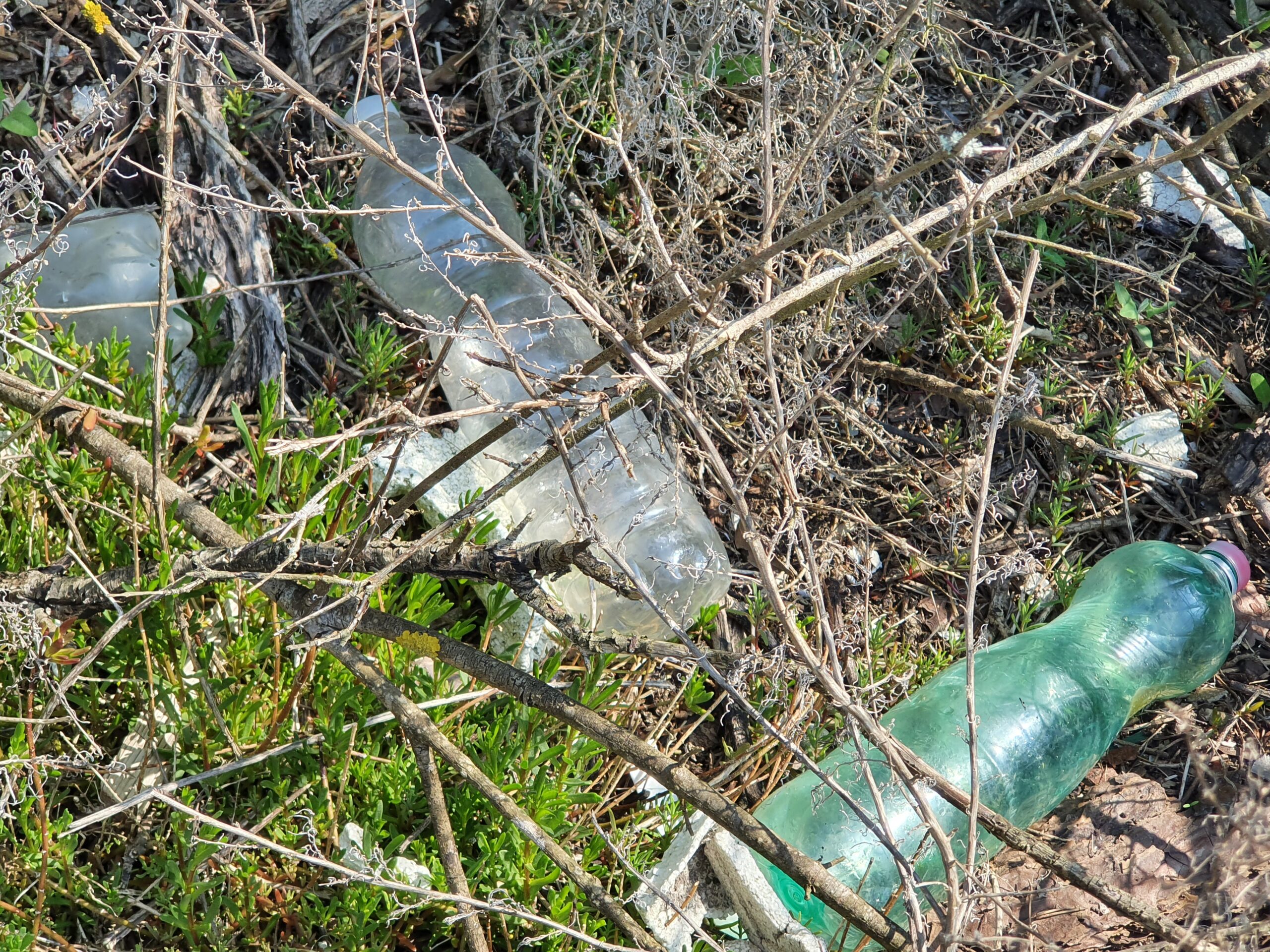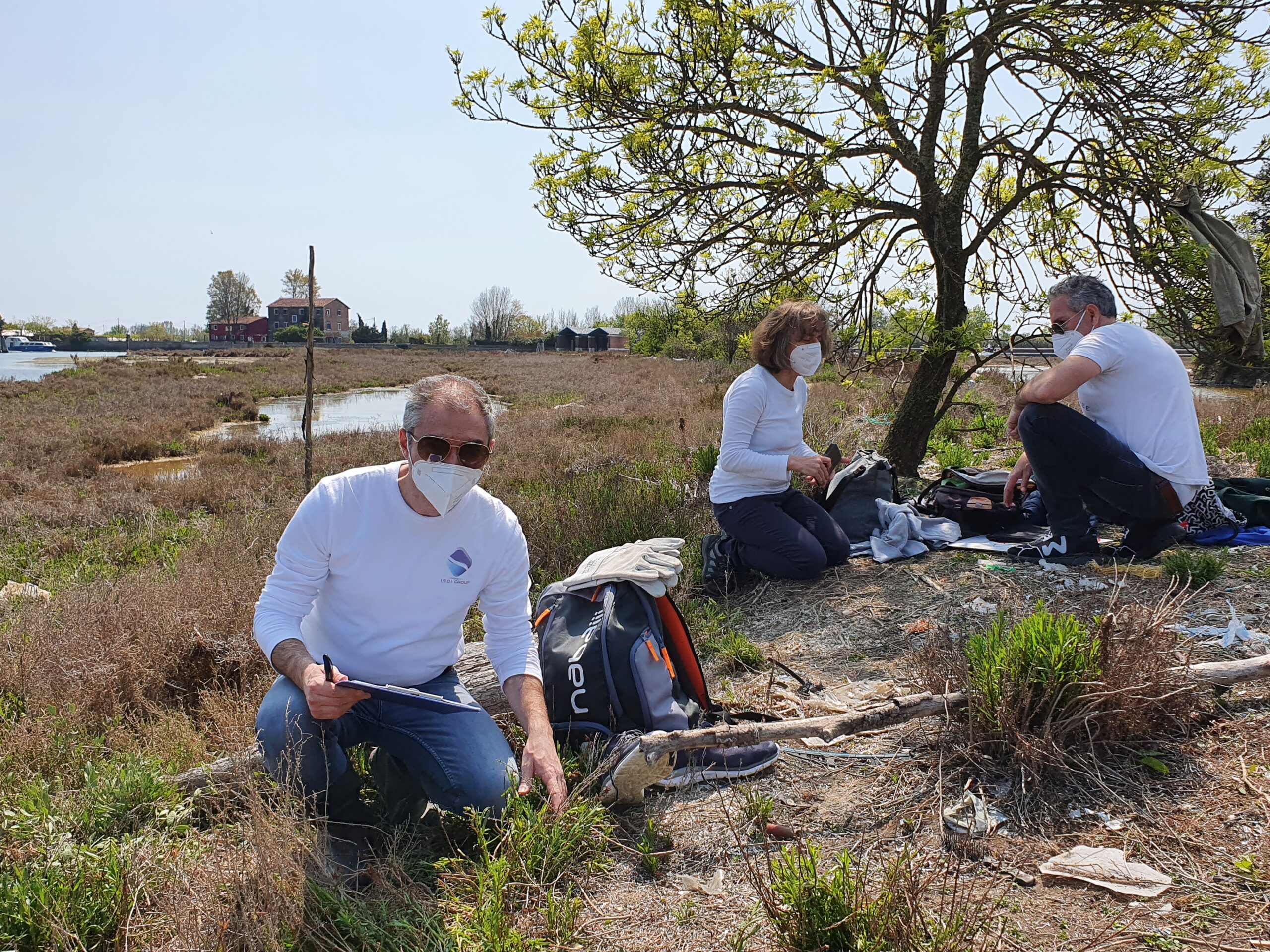MAELSTROM’s first field monitoring for stranded litter
The partners Gees Recycling, I.S.D.I. Group and Venice Lagoon Plastic Free worked in an area of Lazzaretto Nuovo Island, in Venice Lagoon

It was held the last weekend of April 2021 the first joint activity dedicated to stranded litter monitoring of MAELSTROM and its sister project In-No-Plastic. This is the beginning of a series of monitoring of waste stranded along the coasts of the Venice Lagoon, in order to perform a first assessment and, together, collect ideas for the realization of the app provided in the MAELSTROM project.
Waste produced by human activities does not damage the marine environment only. In fact, a part of litter ends up in the sea and in the oceans (transported by rivers and wind or abandoned voluntarily), while another portion remains or is drifted by the currents back on the coasts, creating environmental damage and defacing the landscape.

The stranded litter is the focus of monitoring campaigns carried out by MAELSTROM and our sister project In-No-Plastic. In particular, the partners Gees Recycling, I.S.D.I. Group and Venice Lagoon Plastic Free have participated with the cooperation of the local organization EKOS Club managing the island. “We have set a perimeter around an area on the Lazzaretto Nuovo Island, in Venice Lagoon. It is an island that, although frequented by tourists, is devoid of human settlements,” says Manuel Scarpa, of I.S.D.I Group. “But the lack of human activities does not preserve it from stranded litter: what we wanted to do was a first assessment of the amount and type of waste. This also allows us to start designing the app that will be developed in the MAELSTROM project”.
The MAELSTROM app will be a tool for operators that will identify the different types of plastic collected during the marine litter monitoring andclean up campaigns of the project, and facilitate their recycling process.
“Understanding what kind of waste is found on the coast is an important element in thinking about the best circular economy strategies. The monitoring is carried out according to guidelines and protocols developed by the EU in the frame of dedicated projects such as the DeFishGear project”, adds Davide Poletto, of Venice Lagoon Plastic Free. “This field monitoring is the first of a series that we will carry out in the coming months in different areas of the Venice Lagoon and that intend to shed lights on the fate of plastic pollution in hot spots of the lagoon of Venice, to better plan and implement mitigation measures. A first glance of the results will be available soon”.